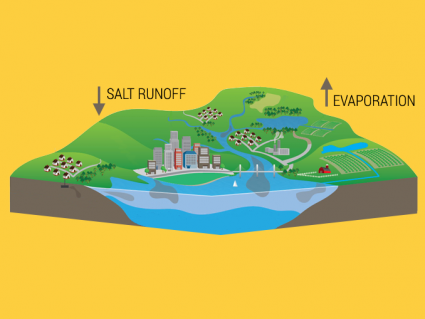Flash Flooding: Rising Waters, Rapid Risks

What is a flash flood?
Flash flooding is a sudden and intense flooding that happens in a short period, usually due to heavy rainfall. It can occur with little warning, rapidly filling streets, homes, and other areas with water.
What causes flash floods?
We already mentioned that the most common reason for flash floods is from heavy rainfall (cloudbursts). However, it is not the only cause. In general, we divide the causes of flash flooding into two groups: (1) natural and (2) anthropogenic.
Natural causes
Flash flooding often strikes with nature’s diverse arsenal. Here are some of the natural causes of flash flooding:

Natural causes of flash flooding, while often devastating, highlight the connection between elements of our ecosystem.
Anthropogenic (human) causes
Sometimes, we can blame ourselves for flash flooding. Here are some of the main anthropogenic causes:
Flash flood effects
One of the biggest impacts of flash flooding is on the environment. A flash flood drags all sorts of pollutants into rivers and seas. When contaminated water flows into a water body, it causes harm to aquatic life and deteriorates water quality.

The infrastructure damage caused by flash flooding can be extensive and costly. Roads, buildings, and bridges often bear the brunt of the sudden water flow. But floodwaters can also disrupt power lines and communication networks.
Similar to all types of natural disasters, flash flooding also has a profound impact on residential and commercial areas. Homes and businesses are often flooded, leading to the loss and damage of property and belongings. Additionally, agriculture suffers greatly. Flash flooding can destroy farms, damage crops, and put livestock at risk.
“Flash floods are nature’s reminder that the power of water is swift and unforgiving, reshaping landscapes in moments.”
How can we prevent flash floods?
There are some creative ways to prevent the damage from flash floods. Here are some of them:
Flash flooding is a powerful and often unpredictable natural phenomenon. They force us to acknowledge the force of nature and the necessity for preparedness.














